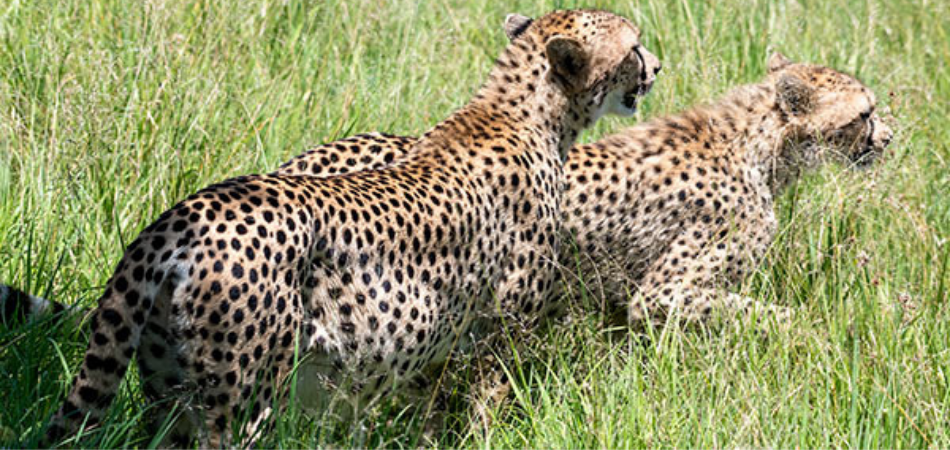
Akin Masai-Mara in Kenya, Serengeti lies on the other side of the famous Mara River that is a part of Tanzania. The name ‘Serengeti’ arguably comes from the local Masai dialect – ‘Siringet’ that means – ‘Endless Plains or Land that runs forever’. This Tanzania’s largest National park stands true to it’s name comprising of nearly 14763 sq. km area including miles and miles of fascinating savannah with tangled woodland and scrubby hills adoring its landscape. Interestingly Serengeti became a game reserve in 1912, much before it was declared the National Park (1951).
So, after relishing the fascinating flora and fauna at Ndutu followed by the captivating ‘journey to Serengeti‘, by the time you check-in at the impressive Serengeti Serena Lodge, the sun has just hid itself below the horizon allowing the soft dim lights of the lodge to lit the area.
The following morning, Kimando, your driver cum guide for this tour waits eagerly with his land cruiser to take you for the day’s game drive. So you quickly finish your breakfast at the spacious restaurant within before proceeding towards the jeep.
However, while you savour your breakfast, a few meters away from your table is this beautiful ‘Bare Faced Go Away Bird‘ with distinct black face endeavoring to feed its juvenile. You pick your camera placed on the table and capture these affectionate moments with alacrity.

Bare Faced Go Away Bird

Bare Faced Go Away Bird with juvenile
Just before you reach the exit gate of the lodge, there on the roof covered with hay is this small furry mammal known as Hyrax. Is he a product of a rat-rabbit cross-breed you think to yourself as you hurriedly cross this inquisitive little mammal.

Hyrax
Soon thereafter the camera is set appropriately in the Land Cruiser just below the pop-up roof marking the beginning of exploration of this fabled – Serengeti National Park.
Day 1
About a kilometer away from the lodge, the first to come across is a pair of animated Von der Decken’s Hornbills. With their familiar curved bills you see them both hopping relentlessly from one branch to another.
Notably these Hornbill are considerably smaller in size compared to the other species from their family. After recording them in you camera, you leave.
Closely followed by the Hornbills is this- Hamerkop who probably has earned its nomenclature from the visible crest on the back of its head that resembles a carpenter’s hammer. With its long unassuming grey beak it strolls nonchalantly along the periphery of a small water body.
Further you come across this bird with spotless white rump and blackish wings called Grey Backed Fiscal. With an insect held within its beak, this one presumably is prepared for a good non-veg breakfast.
Meandering aimlessly amidst intertwined muddy tracks, you come across this medium sized grey colored hawk called Dark Chanting Goshawk. The word ‘Chanting’ within its name suggests that it’s should be a vocal bird and like any other hawk types, is also a bird of prey. Following the direction of its look focused below, you find a small avian – African Pied Wagtail – in eye to eye contact this hawk.
This Wagtail with a striking black and white body and wide supercilium seems to be questioning itself – ‘Hope I am not his next Prey’. Soon this cautious wagtail finds a safe place within the grass and gets beyond the hawk’s insidious intent.
After the wagtail stays secure, you see a pair of chestnut colored Speckle Fronted Weavers having their heads turned probably sharing some intimate moments. No sooner they hear the sound of your jeep they get their heads straight thus displaying their thick beak and tiny cute circular eyes. Few clicks and that’s it.
Voila! Right in the middle of the road is this large headed Banded Mongoose with its juvenile. Its extra long fluffy tail is nearly as long its own body. You naturally stop and wait patiently for this small ears, greyish brown & black furred animal to himself clear the way. A respect mandated for the real inhabitants of the jungle.
So as you move, to your right, camouflaged behind the convoluted tree branches is this fairly large round headed African Wood Owl peeping at you. Watching at it carefully you notice it has two large dark eyes under white eyebrows and white belly barred with brown. It continues to stay-put fearlessly till you ultimately decide to leave it alone.
As luck would have it, Kimando gets information through his mobile of Cheetah sighting a few kms away. He immediately turns, puts the jeep in the fast gear and rushes towards the informed spot.
You can now see the cloud of dust created behind as the speeding wheels pluck out loose mud from the tracks.
On reaching the spot your excitement gets subdued finding that mother Cheetah along with her two young ones is far deep inside the grass. This is not what you had imagined. Nevertheless you wait in anticipation, hoping against hope that they come out and get closer to where you are.
The tall grass supposedly hides this predator from being spotted by its prospective prey. You can see the mother leopardess trying to look far away to find someone for lunch.
Luck seems to elude her at least for now. Discouraged by the dimming prospects, all the three now move further away and now place themselves under the shade of a large tree.
Disappointed, and just as you argue with yourself whether to wait or leave, there comes a jeep with an exceptionally courageous driver. This man speeds his jeep off-track trampling the grass mercilessly and reaches close to where these big cats are. Guests inside his vehicle are naturally elated.
‘Courage invites courage’ as they say – soon euphoria turns contagious prodding you and the others to follow. Though Kimando is apprehensive, with permission you hop into the adjoining jeep who is ready to venture in.
So within the next few seconds you too find yourself right in front of these three incredibly amazing spotted cats. The thrill is indescribable !!!
Your camera is out – focus – and unabated clicks follow. Interestingly the cubs not only stay put fearlessly but also present some alluring poses to help you to succeed in your endeavor.
It’s not right to remain off track. So after considerable clicks, you quit and return back on the permissible road and back with Kimando.
The immeasurable excitement generated continues to resonate long after you have left the place and it is no surprise.
Your lady luck continues to smile with another welcome surprise. A full-sized male Cheetah probably satiated after his meal is now seen enjoying leisure under the shade of a large tree.
Unfortunately, there is no way you can reach him here. The terrain in-between is not motorable. However, occasionally as he raises his head to scan the area around you get the opportunity to use your long 200-500mm lens and click his actions.
Realizing little chance of him to get up and move, you proceed in anticipation of more luck.

It seems your quota of luck for the day has been exhausted. The wild life remains elusive despite you having your one eye scan the savannah and the other glance over trees to get sight of some exotic avian.
Finally as you wind up for the day, on the way back a herd of Elephants are seen engrossed in feeding themselves with grass spread across the vast grasslands in the savanna. A pleasing scene to end the day.

Once back at the Serena Lodge you take your camera and other equipment and walk slowly towards your cottage marking the culmination of another eventful day in Tanzania.
Standing at your cottage window overlooking the park, you admire the scenery as the sun is scheduled to set beyond the vast grasslands. You suddenly realize it’s drink time and quickly proceed towards the bar. Then after dinner you get back and retire for the day.
Day 2
Early Next morning as the sun rays begin to pop up, with added enthusiasm you once again prepare to explore the captivating fauna of this fabled National park
After placing the camera over the beanbag below the hardtop rooftop of the Land cruiser you are now able to enjoy the 3600 panoramic view of the area. So the first to come across is the Speckle Fronted Weaver (scientific name : Sporopipes frontalis), a bird belonging to the Ploceidae family that’s prevalent in this part of the world.
Closely followed is the chestnut color headed Rattling Cisticola who can be heard making loud chirps plausibly to locate its partner. This avian, albeit unassuming, belongs to the family of Cisticola and you can get to see it only while you in the Southern hemisphere of the planet.
Monkeys who are surprisingly conspicuous by their absence, suddenly make their appearance. With their pitch black faces these bunch of monkeys known as ‘Vervet Monkeys‘ have positioned themselves atop a dead tree and are looking around the savanna for what, probably they only know.
Few clicks and you move……
Then comes this unmistakable Silver Bird, a reputed flycatcher with distinct silver-grey plumage above and tawny orange below. And also this small but fascinating Red Bishop watches you as you pass along the way.
As you inquire the names of these birds, Kimando hands you an interesting book – ‘Birds Of Tanzania’ that facilitates identify each bird as it come by.
Secretary Bird (scientific name : Sagittarius serpentarius) having whitish-gray plumage, two long, black-tipped tail feathers just cannot be overlooked. Marching elegantly across the grassland with their long legs and black crest of feathers on the back of their heads, this pair is supposedly seeking for delicacy in snakes or small rodents, their favorite food.
(“Secretary bird” is supposedly named after 19th lawyer’s clerks, or secretaries who typically wore gray coats and knee-length black pants, and would often tuck quill pens behind their ears, similar to the bird’s coloring and head feather.)




So as you drive randomly crisscrossing the authorized tracks for quite some time, down below at one place you spot a set of exquisite Spotted Backed Weavers also called Village Weavers or Black-headed Weavers. This shallow pond appears to be ideal place for them to wash their plumage and cool their bodies and are accomplishing it pretty playfully.




And then comes this peculiar D’Arnaud’s Barbet with its yellow head filled with black spot on a tree branch just above you. You notice its black upperparts are covered with white spots and yellow underparts are splashed with black spots.
Interesting avian. So after few clicks you move.




Wow… now this Montagu’s Harrier (Female) with its characteristic black bands along its secondaries, both above and below its wing and rusty streaks on its belly has turned to look at you through its piercing yellow eyes.
Shortly thereafter with its powerful and elegant wingbeats it takes on to a graceful flight and within moments is seen flapping deep in the sky.




Moving watchfully, you identify this Rufous Naped Lark due to its short tail and brown body contrasting with dark streaks. Standing over a small rock it’s probably signaling its mate with an idiosyncratic call. On hearing similar response from the other side, it spreads its delightful rufous (red-brown) wings and takes to flight probably to be one with its partner.
Once again, towards the end of the day as you return, to your left is herd of the largest animals on this planet – the African Elephants.
It’s interesting to learn that the origin of the word “elephant” is“ elephas ”, a Greek word, that means “ivory”. And ironically this very Ivory has today become the reason for making this animal endangered. Reason – threat from unconscionable poachers.
However in this group you notice one huge tusker is with a single tusk. In India we consider it to be a auspicious as our revered deity ‘GanpatiJi’ too has one tusk. Alas, these pachyderms probably think it to be a handicap as they go all out to cover this single tusker and mar all you attempts to capture its front image.
Once back in the serene environment of the Serena Safari Lodge you reach your cottage, get fresh and then speed towards the restaurant across for a relaxing few glasses of Red wine along with local cuisine for dinner.


Cottage


The Restaurant
It seems your quota of luck for the day has been exhausted. The wild life remains elusive despite you having your one eye scan the savannah and the other glance over trees to get sight of some exotic avian.
Finally as you wind up for the day, on the way back a herd of Elephants are seen engrossed in feeding themselves with grass spread across the vast grasslands in the savanna. A pleasing scene to end the day.



Your two night scheduled stay here has now ended. So on the third day morning, with your bags on tow, you proceed to fulfil the check-out formalities.
The amount of bags kept out suggest there are many more like you who probably plan to check-out.
You are now ready to to travel towards your final destination of this exciting seven day tour – to explore the famed Ngorongoro Crater.
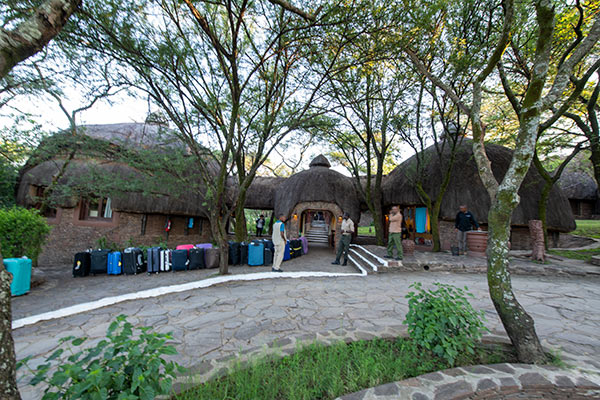

Along the way you get a glimpse of an authoritarian looking avian – White Browed Coucal. Its blackish crown flows down up-to the back of its neck and its white supercilium is noticeable over its fierce red eyes.
With its rufous-brown back, chestnut color wings, creamy-white underparts and black tail it is remarkably different from other avian within its category.




Pin-Tailed Whydah (Vidua macroura), a small little songbird with an unmistakable bright reddish bill and a conspicuous long pennant-like tail compels you to imagine the abundant creative beauty of mother nature. You smile to yourself as you watch a Black-headed Weaver perched close-by ogling at her.
After a few clicks you pull forward.


Pin-tailed Whydah with Black-headed Weaver


Pin-tailed Whydah
Serendipitously, as you are about to leave the precincts of Serengeti, right at its border perched high up on the branch of a large tree you spot a intrepid male Leopard in an interment sleep-awake mode. Despite the sound of safari jeeps around, he continues to remains unfazed. An act plausibly displaying a mix of confidence, comfort and security.
After some time, perhaps tired of remaining at one place, he gets up and walks adroitly a few feet over the same branch forward to find a better place to relax.




Conscious of humans around, he gives you a look signaling – ‘Disturb Me Not Please’. So respecting his supposed desire for solitude, you leave……..happy nevertheless for capturing some memorable pictures of this big male cat.
From here begins your three hour journey towards the final destination of this tour approx.150 kms away. A huge crater that’s home to various species of wildlife – ‘Ngorongoro’.
A few other birds and animals that come your way during the day include :


Shrike


Magpie Shrike


Lesser masked Weaver


Black-bellied Starling


Grey Breasted Spurfowl


Crested Guinea Fowl


Little Bee-Eater


Hippopotamus in a pond


Spotted Backed Weaver


Heuglin’s Courser


Spur Winged Plover


Eastern Pale Chanting Gowshawk


Rufous Tailed Weaver


White Browed Coucal


Baboon
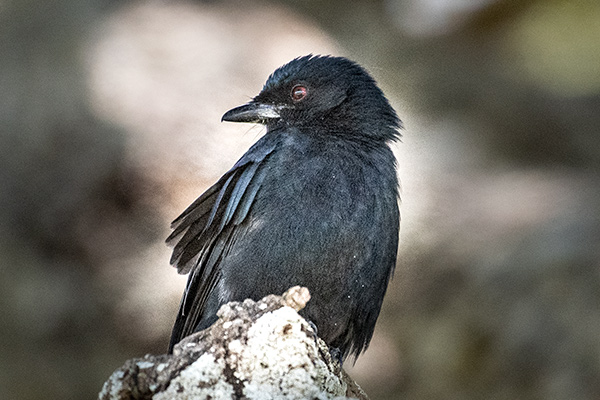

Northern Ant Eater Chat


Usambiro Barbet


Blue Capped Cardon Bleau
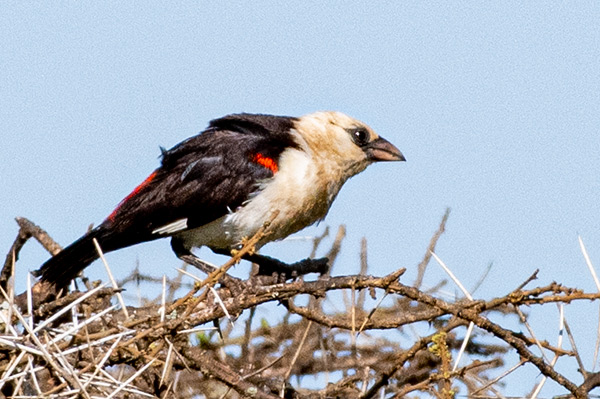

White Headed Buffalo Weaver


Marabou Stork


Giraffe
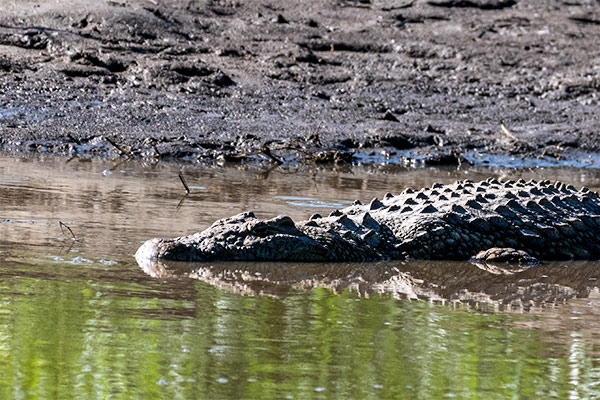

Crocodile














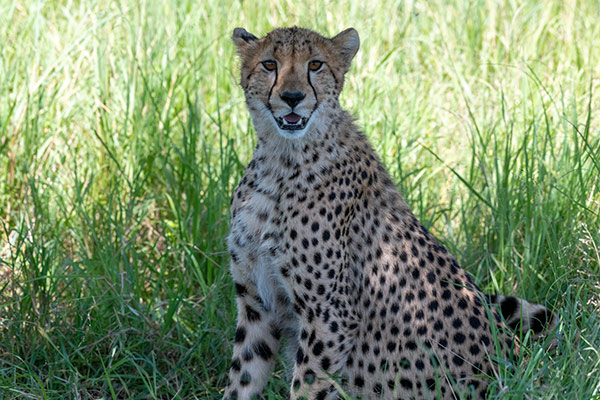







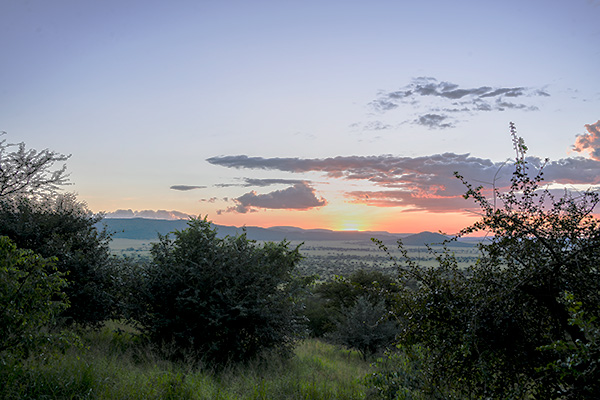

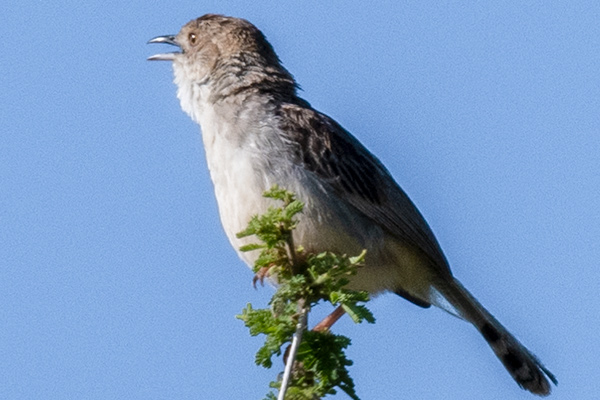













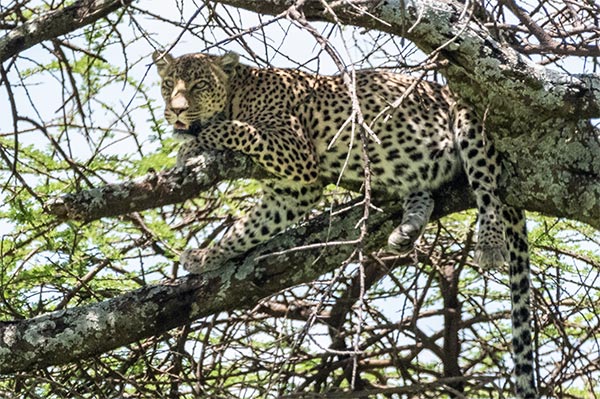
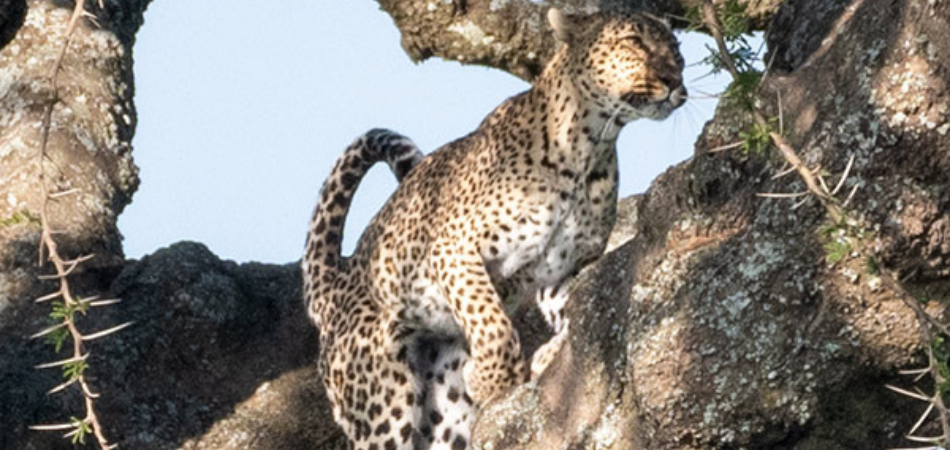

Venky Krishnan
Thanks for sharing . Well
Written
Tarlok Singh Lugani
Every writing leaves me mesmerised, awesome 👌🏾truly great experience, feel like my spirit is present there in every situation, picturesque surroundings, nature in true colours, looking forward to more thrilling experiences 👌👌👌 Keep it up, Good Luck in your future expeditions 👍👍👍
Zorawar Singh Lugani
Fantastic writing and the complimenting photos, good work done in passion. Keep it up.
Sanjeev
As usual excellent photography and well written.
👍
Bhavna Dharod
It’s actually a pleasure to read your blogs. As u say the experience is Asif we are traveling with you ……awesomeness as always !!
Narinder Singh @ Navi Munbai
Tantalising Tanzania!
The three vivacious cats! Truly indescribable!!!
A really memorable blog!
Keep going.